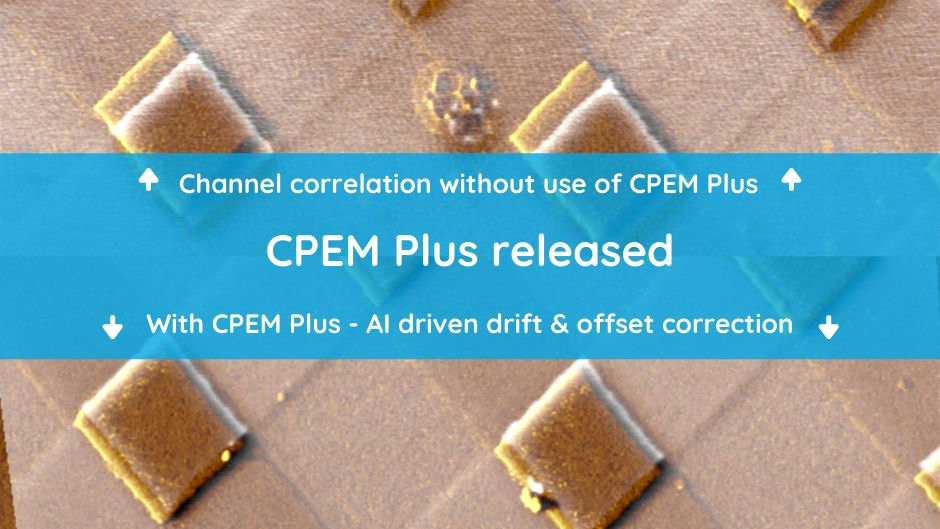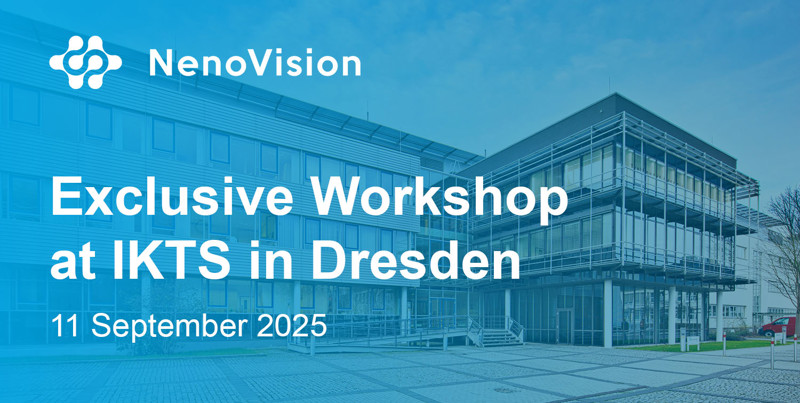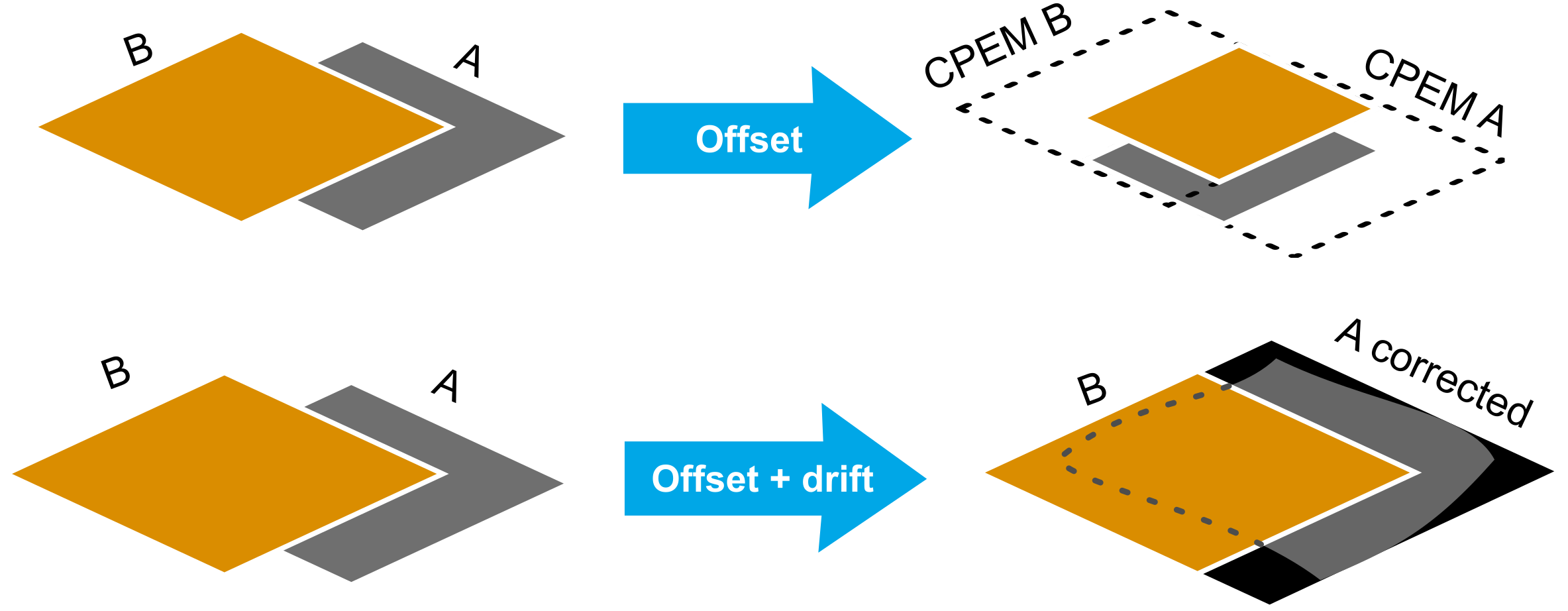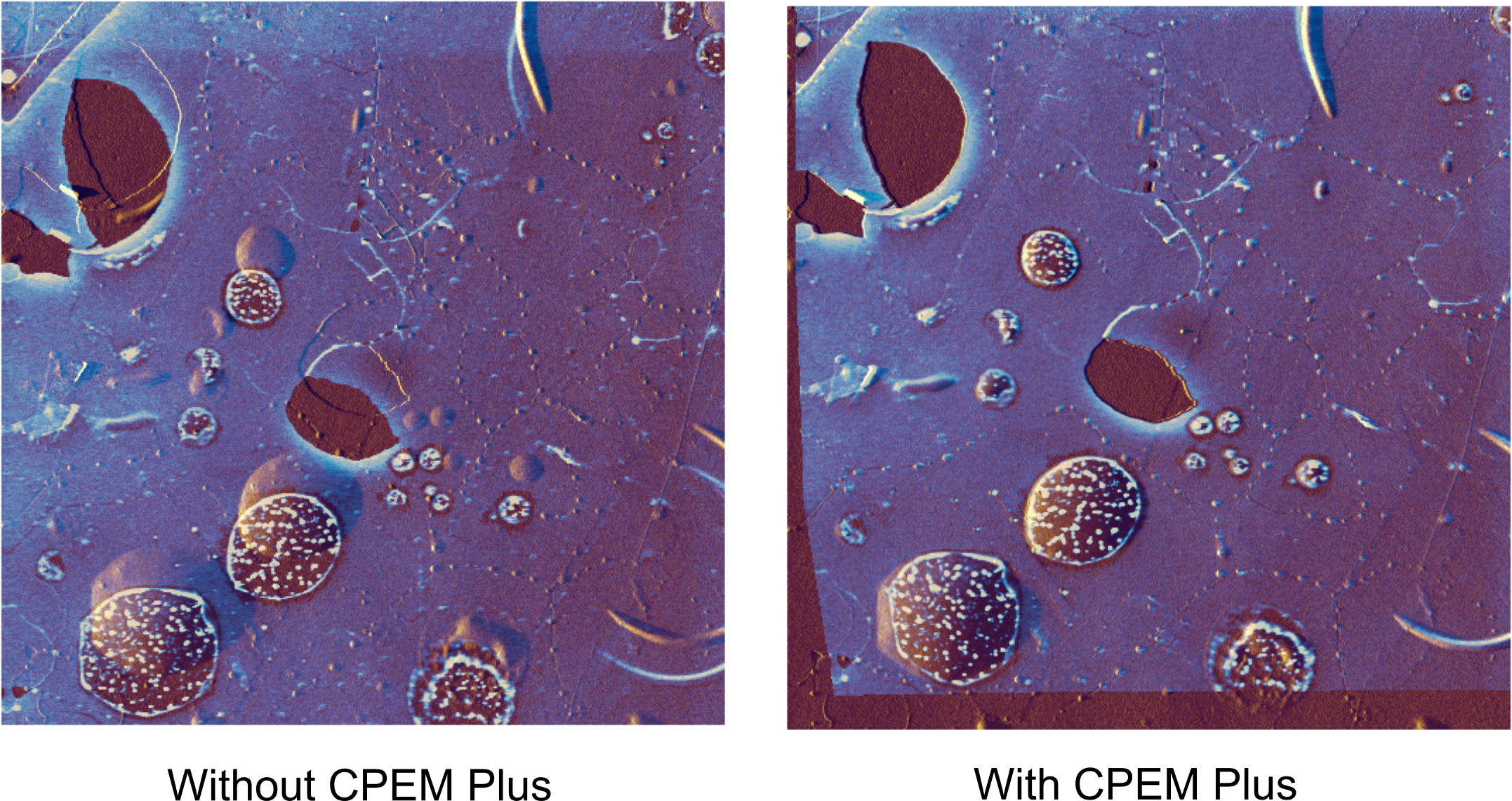CPEM Plus functionality released

Good news for researchers that need fast & precise correlative imaging for their measurements. We have just completed the development of CPEM Plus, an extended software functionality of the CPEM technology. What can it do?
Product
|
01. 02. 2022
|
by Stanislav Luska
Product
Technology
Related posts

Event
|
05. 11. 2025
|
by Sabina Žilková
NenoVision has won the Czech Head 2025 award!
Nanostructures
Semiconductors
Product
Technology

Event
|
09. 10. 2025
|
by Jana Levá
ISTFA 2025
Semiconductors
Product
Technology

Event
|
27. 08. 2025
|
by Jana Levá
Workshop at Arizona State University
Semiconductors
Product
Technology

Event
|
26. 08. 2025
|
by Jana Levá
Fall 2025 with NenoVision
Semiconductors
Product

Event
|
23. 07. 2025
|
by Jana Levá
IKTS Workshop
Product
Technology


